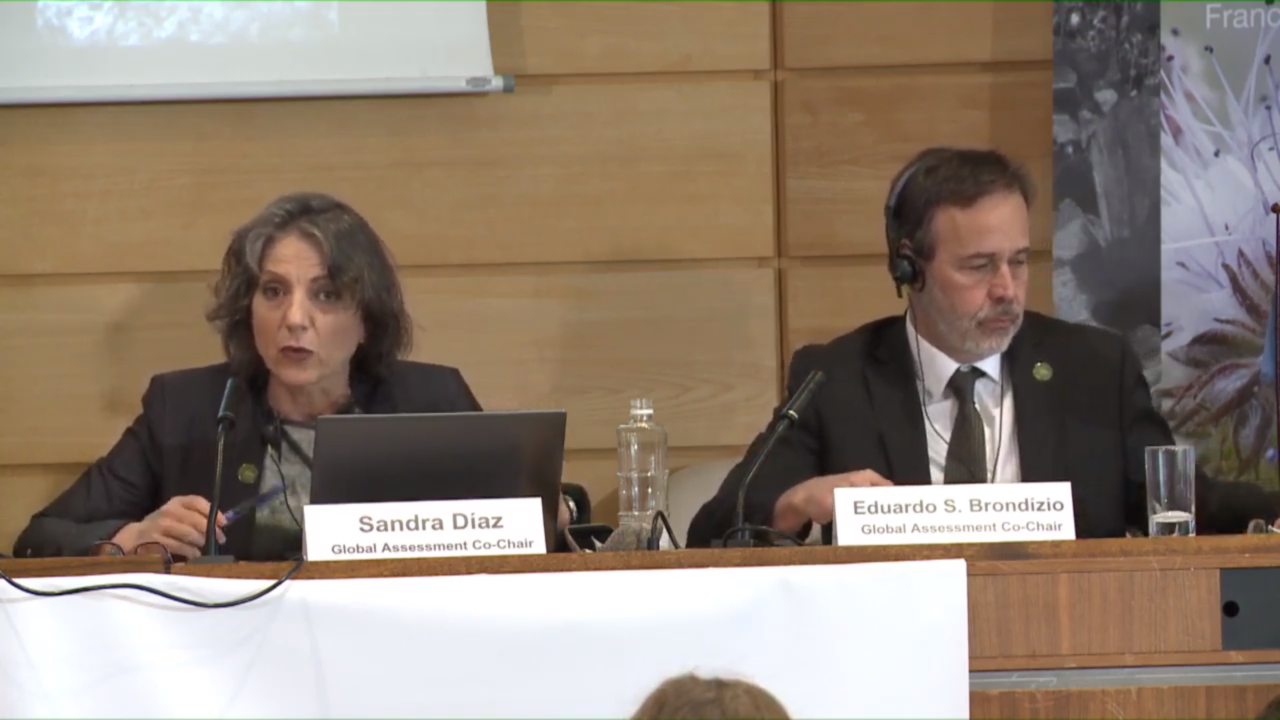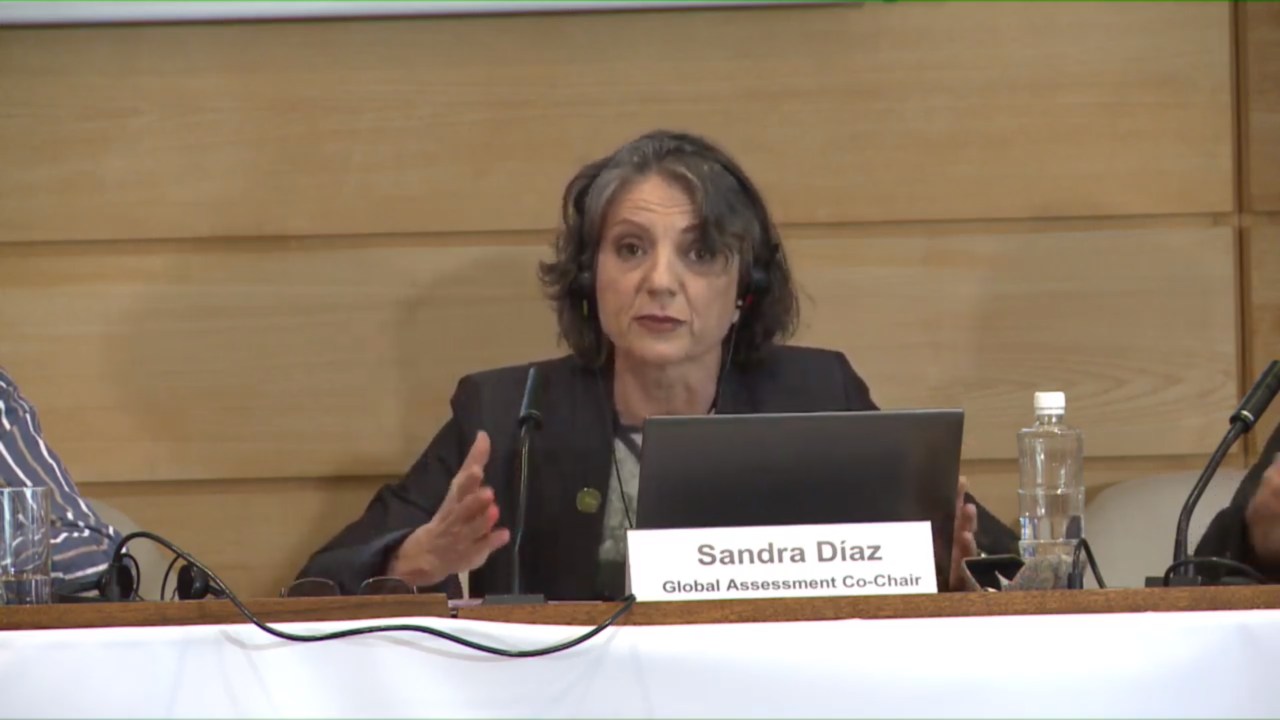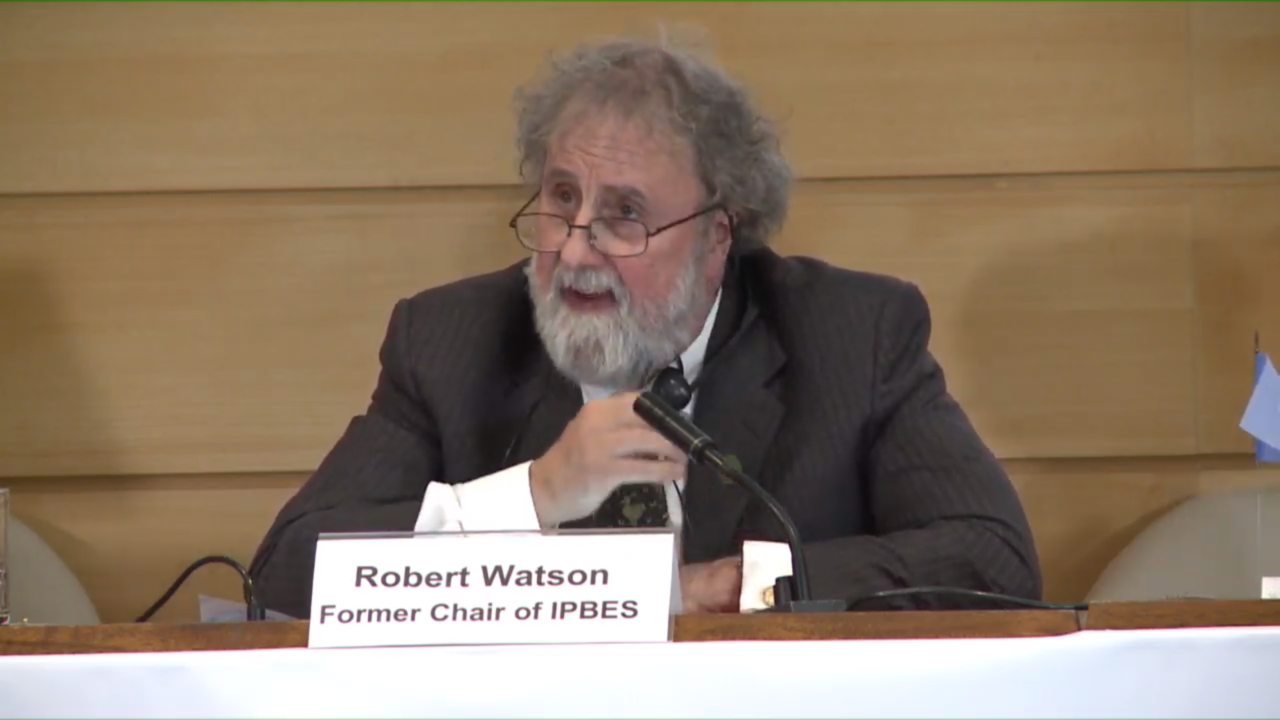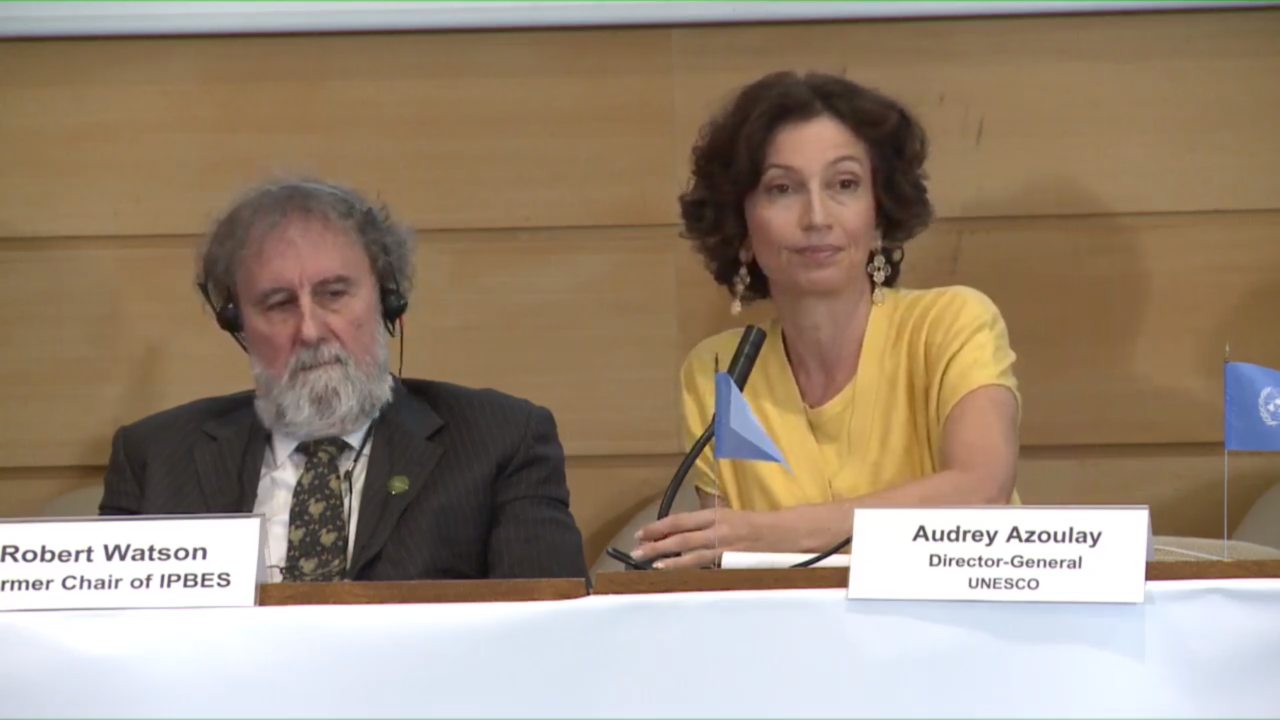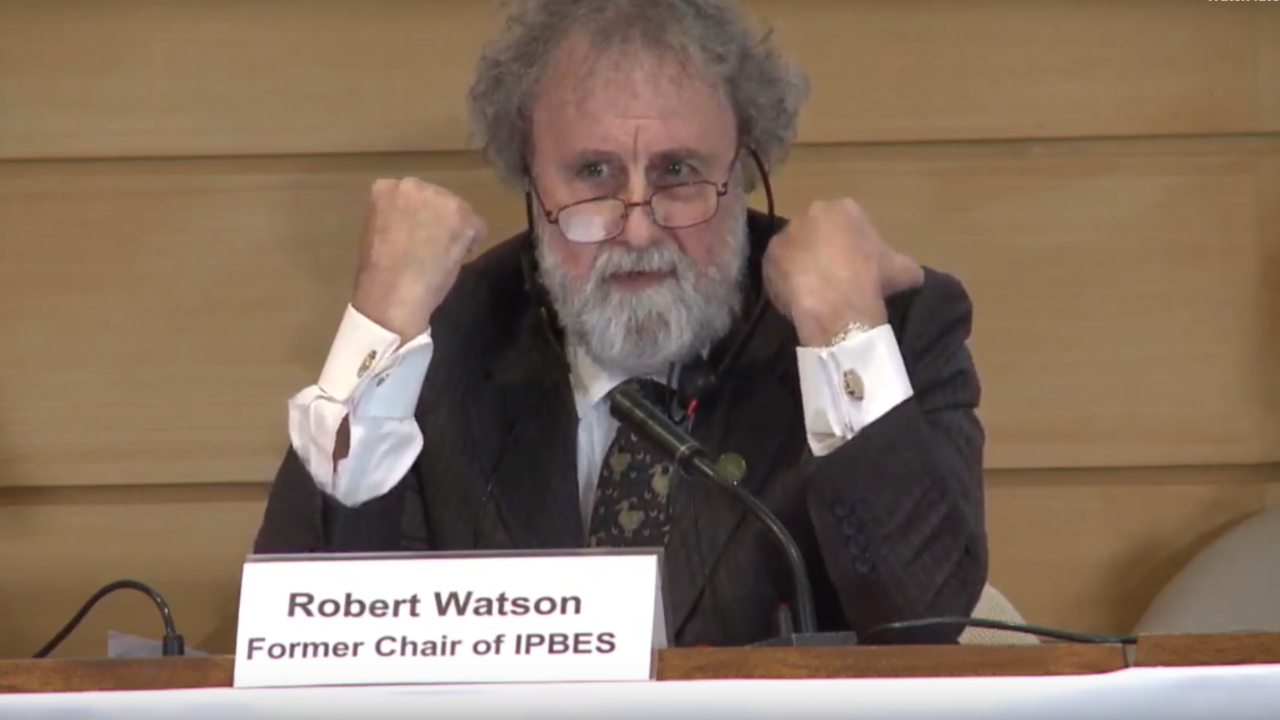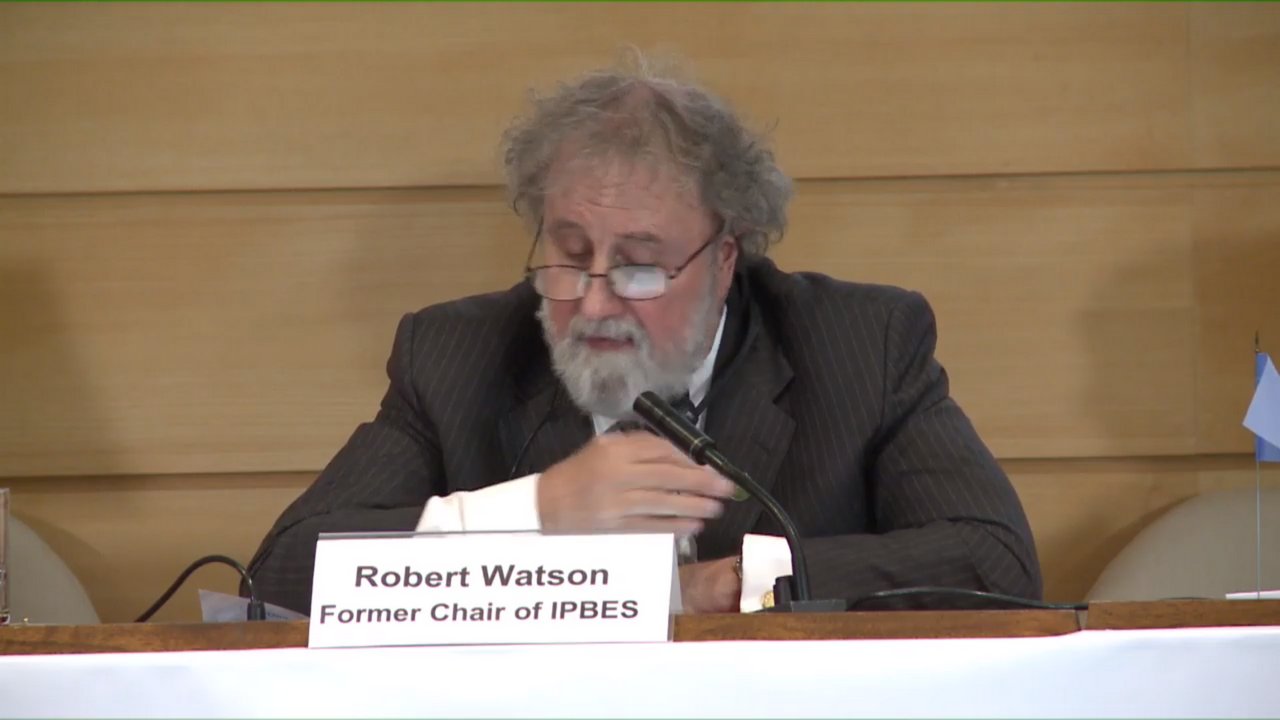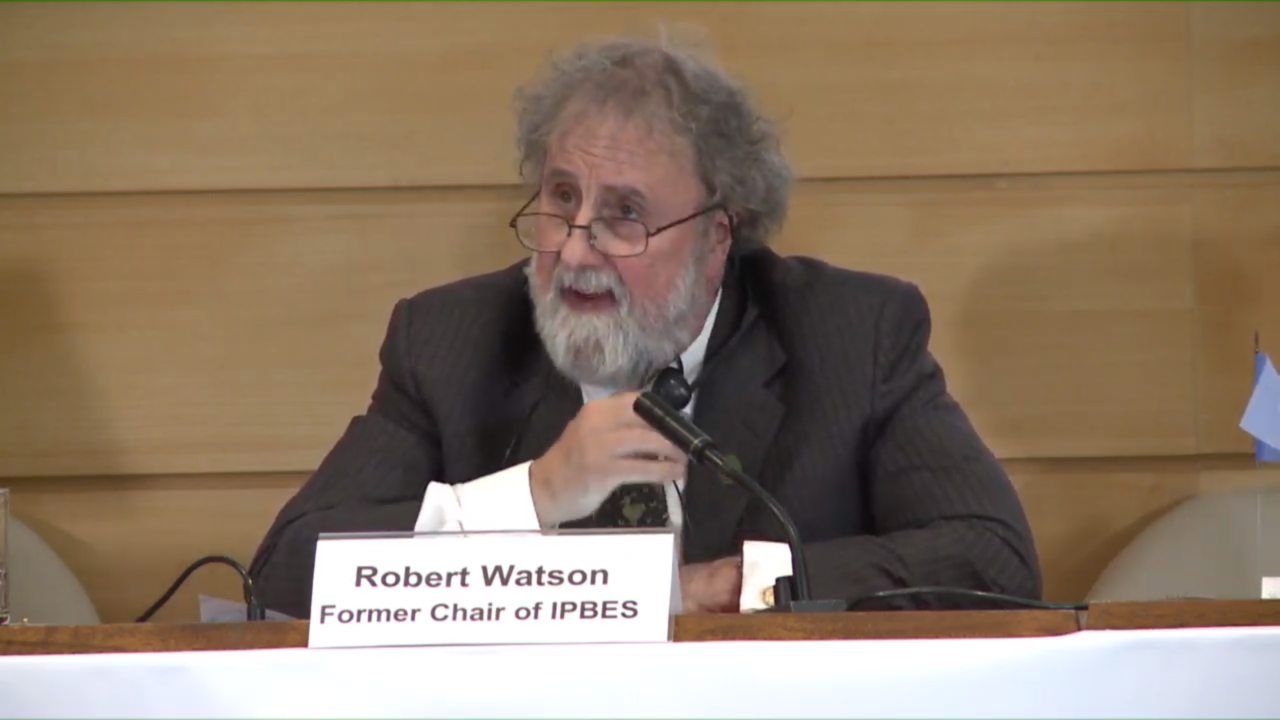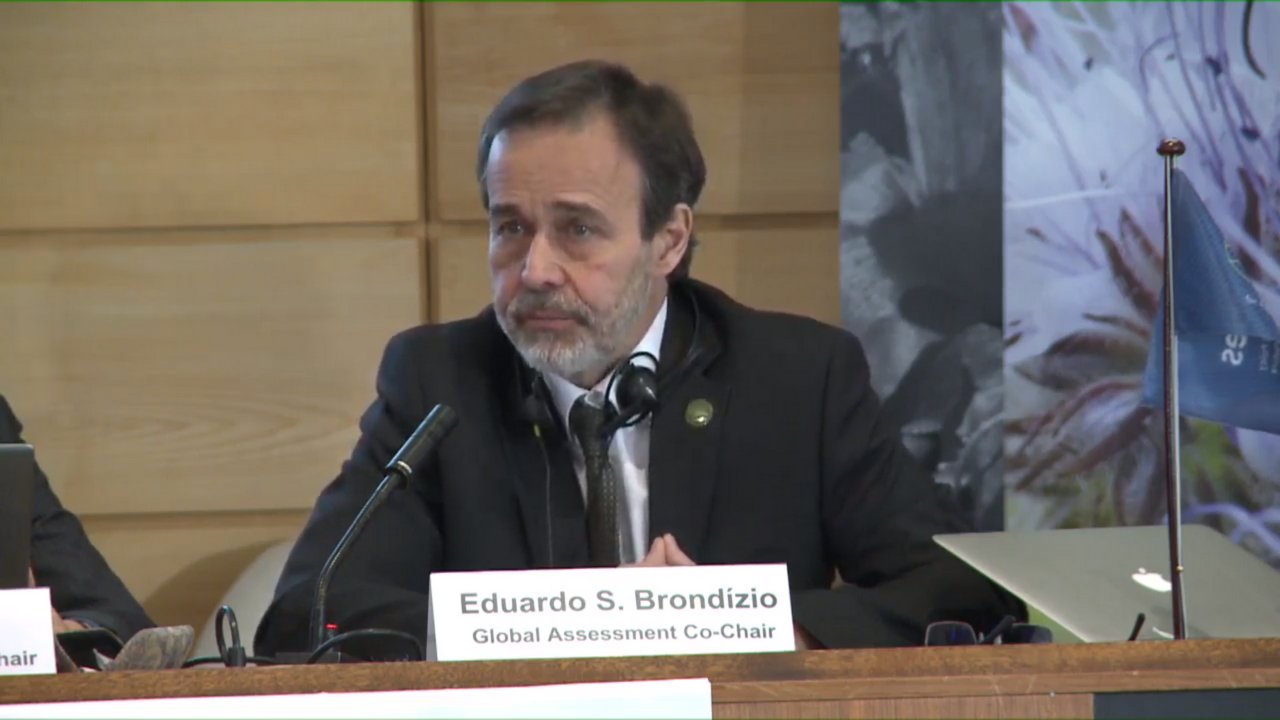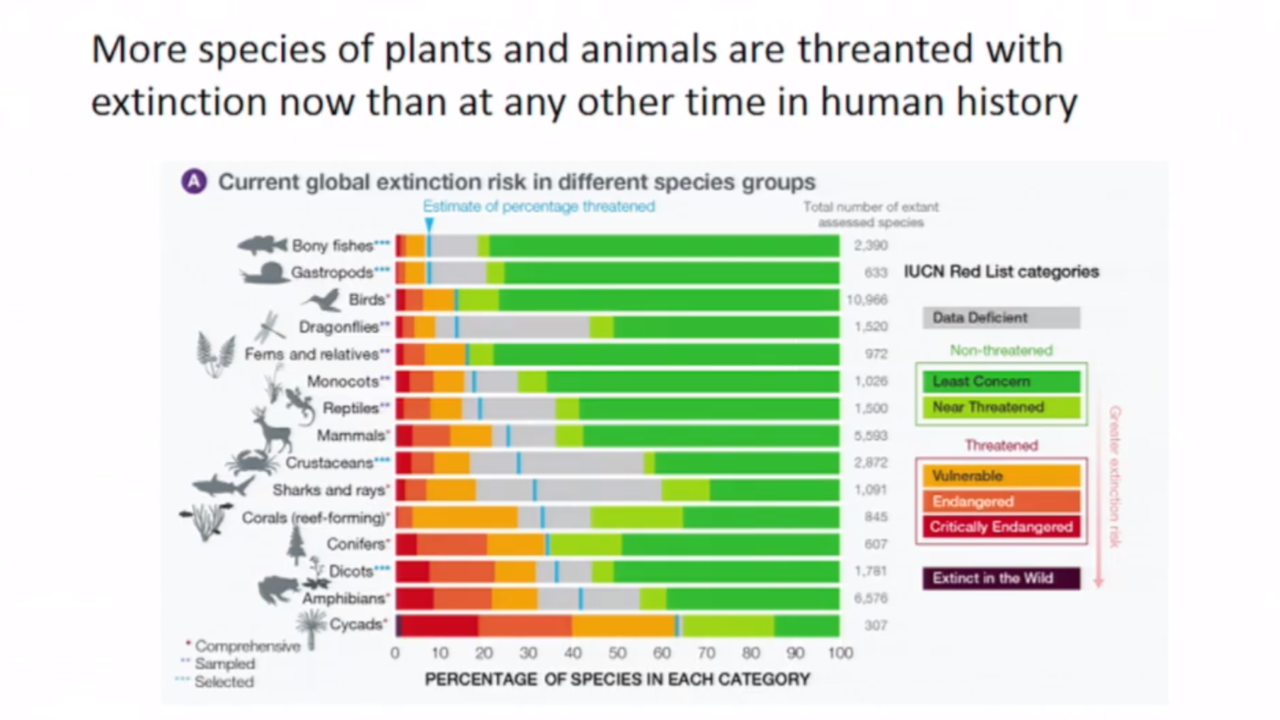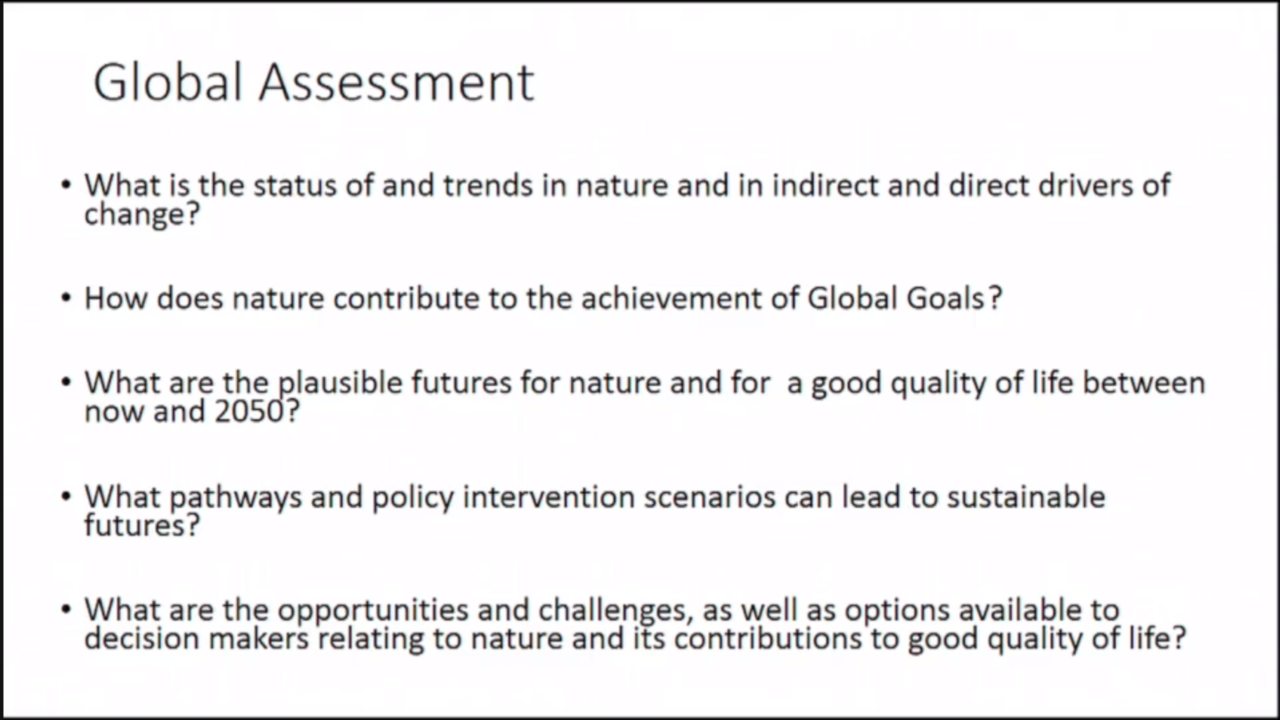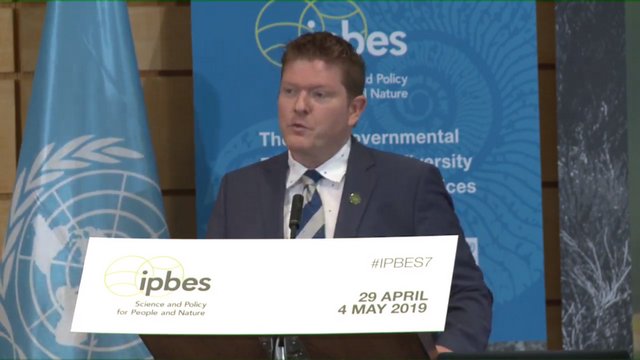Highlights: The United Nations launched one of the most comprehensive reports investigating the number of species lost and impacted from human-induced changes to the environment and climate. The Earth has seen five mass extinctions so far, where species were lost in the millions. Scientists have been revisiting these extinction events to find out what caused them. The reasons for looking back into the past isn’t nostalgia, it’s deja vu. The largest mass extinction took place some 250 million years ago , and drove ~90 percent of sea life and 70 percent of life on land into extinct in what’s now being called “ the Great Dying ”. A domino effect triggered by a volcanic eruption triggered extreme changes to the environment that ended in the bulk of natural diversity dying off.
Now, environmentalists are concerned that man-made climate change puts the planet on a vaguely similar path. There have been many indications, including the International Union for Conservation of Nature’s (IUCN) Red List that has catalogued over 1,00,000 species that are in danger of extinction. The new UN report — the IPBES’ 2019 Global Assessment Report on Biodiversity and Ecosystem Services — looks at how clearing forests for agriculture, growing consumption of animal products and driving species out of their natural habitats has impacted nature. The Global Assessment Report is an exhaustive, 1,800-page Summary for Policymakers. It could go a long way in ending speculation as to the extent of destruction in nature in recent years. “I would say that the report is likely to be interpreted as ‘Boy, we are in trouble’ but there are solutions,” Prof Sir Robert Watson, Chair of IPBES, told BBC ahead of the report’s release on Monday. “Our report will talk about to what degree are we losing biodiversity, and to what degree could we protect some of it in the future.” Here are few related stories on species and habitat loss from our Earth Day series: We need to protect our species to prevent a global ecosystem collapse AI has a huge role to play in fulfilling sustainable development goals Understanding Project tiger, a homegrown conservation success story Migrations remind us we are one among a million other species looking to survive, sing and love
Restored forests are often poor replacements for natural habitat
To solve the climate change crisis, we need a Global Deal for Nature)
)
)
